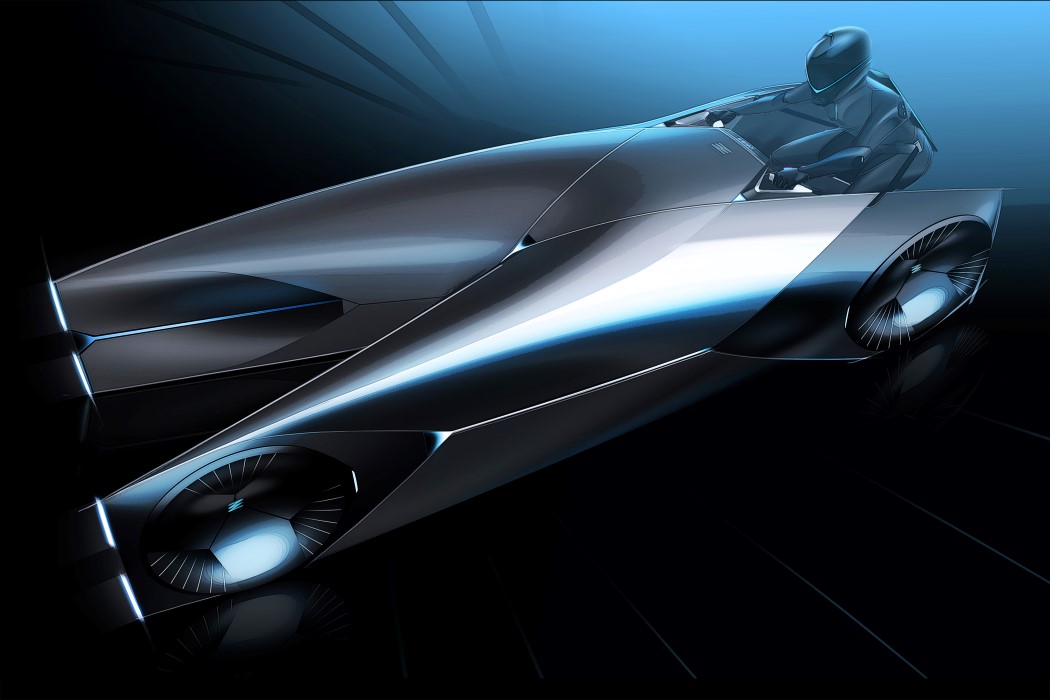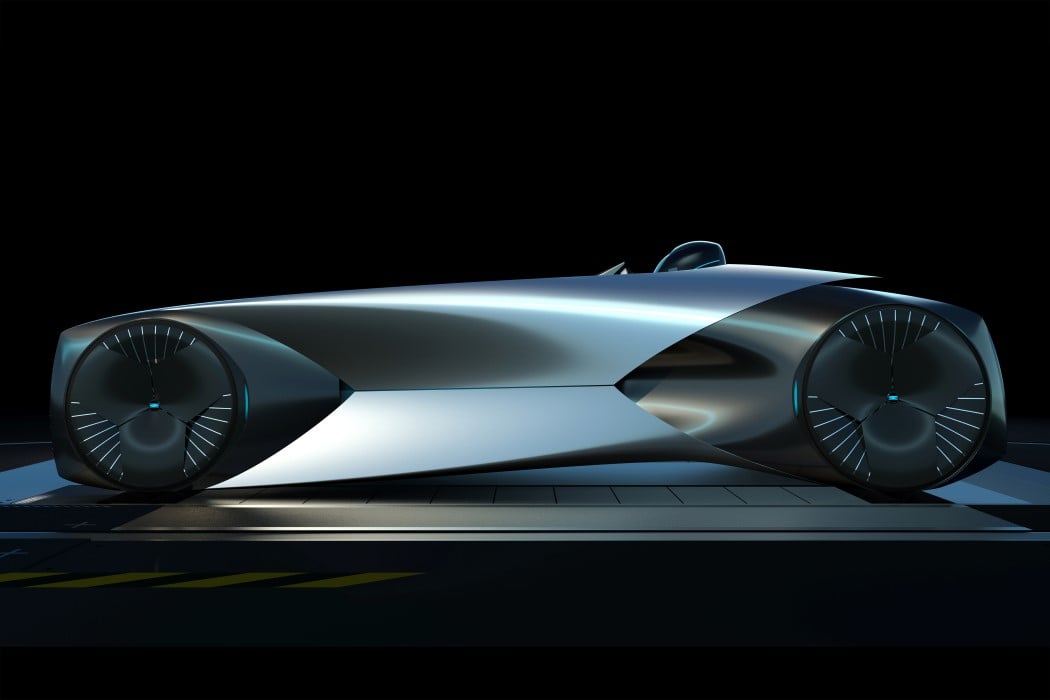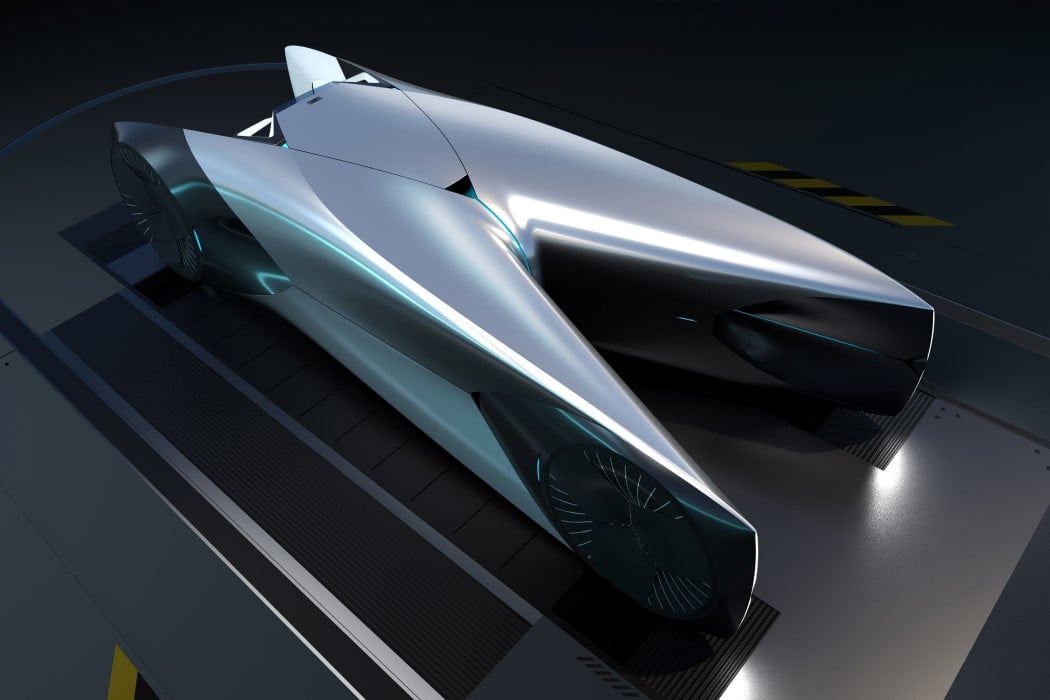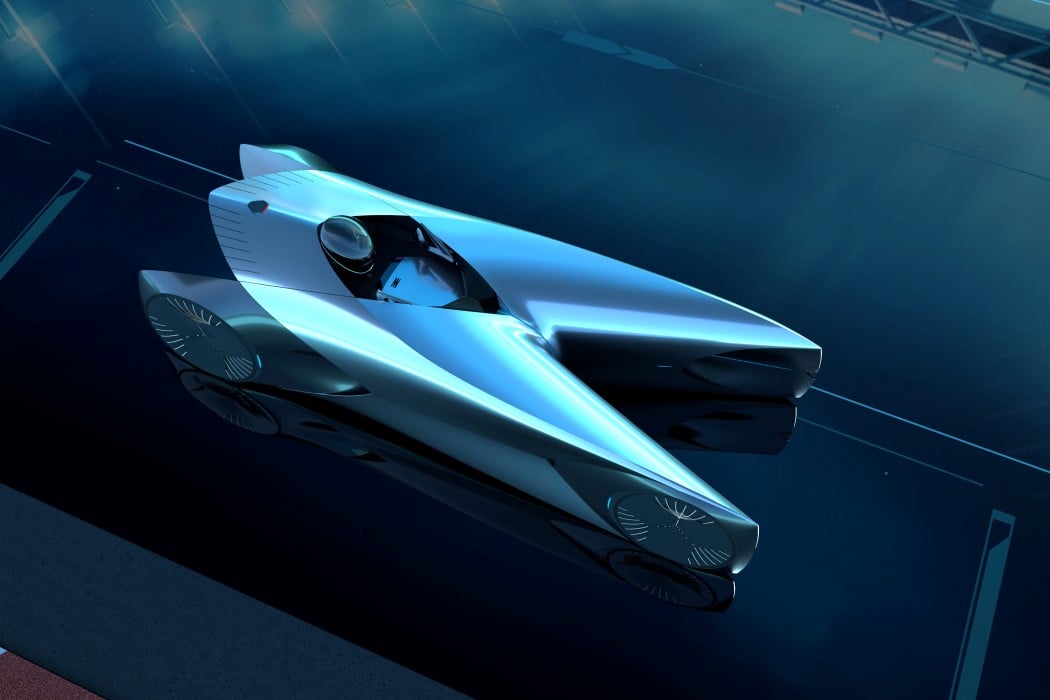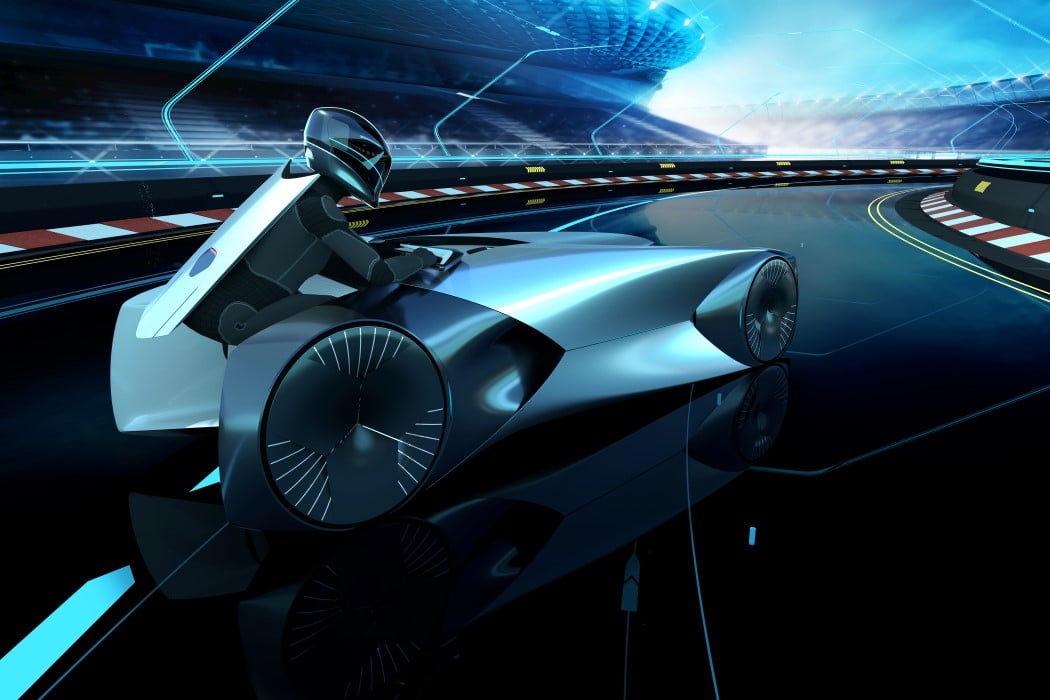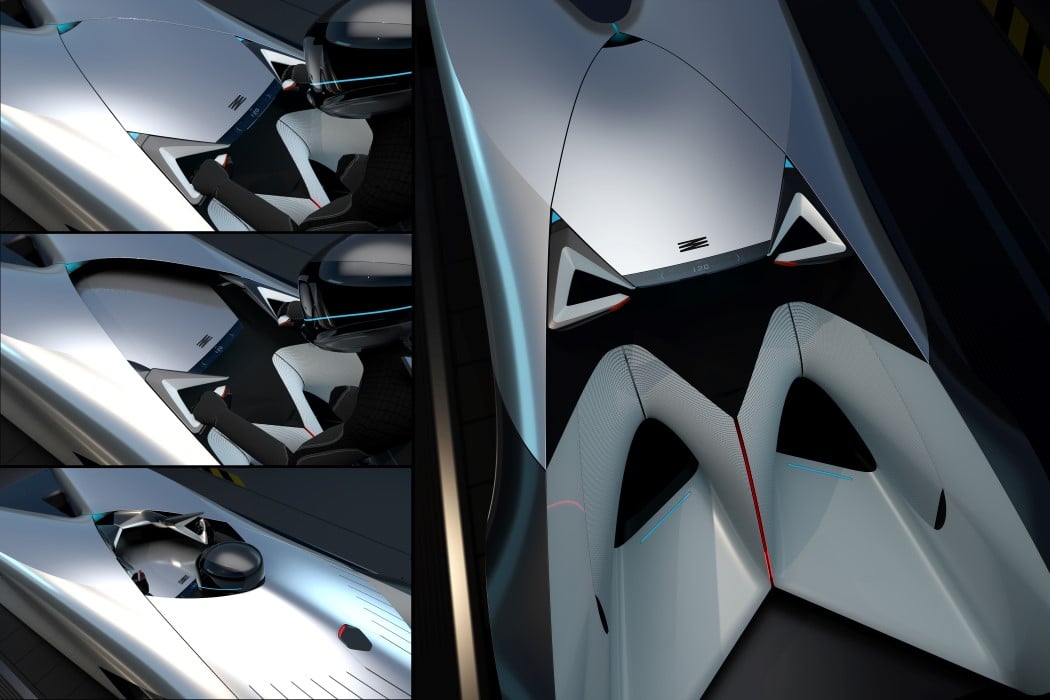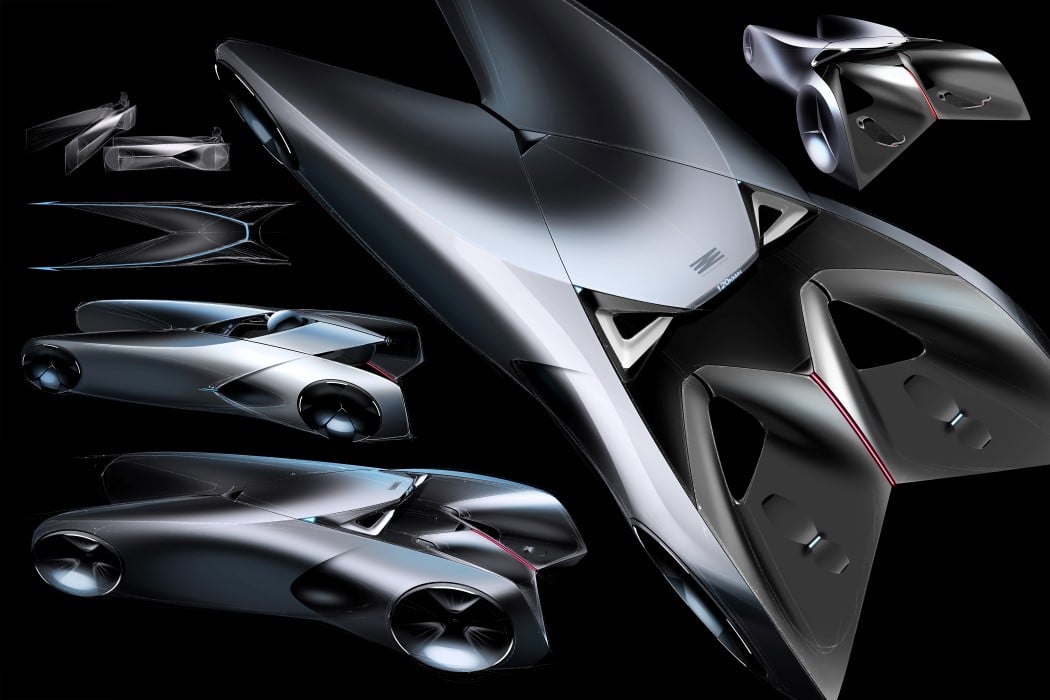Tag Archives: formula 1
Built for Formula1 as well as Le Mans circuits, the LMF1 concept is all about speed and endurance
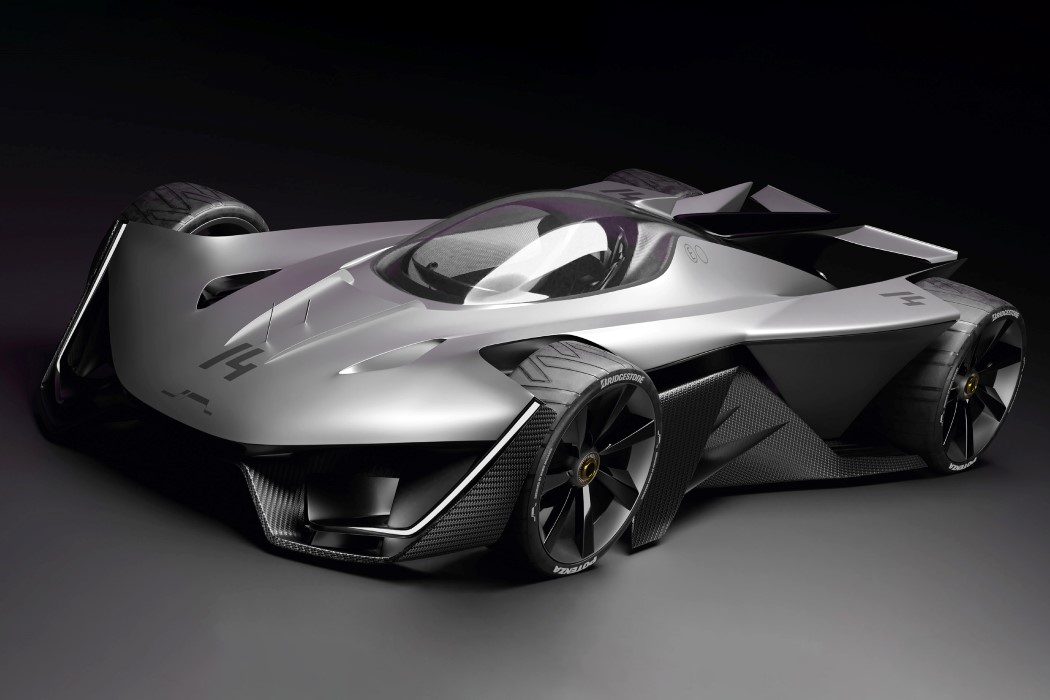
What would it take to build the ultimate racecar? A racecar that can handle the breakneck speeds of an F1 race, but also withstand the grueling demands of the 24-hour Le Mans circuit? I don’t imagine there’s a single car that has fared well on both an F1 track as well as a Le Mans (hit me up if there is one), but that didn’t stop designer Robin Mazánek from creating the LMF1, a conceptual beauty made to dominate any sort of racetrack.
The LMF1 (a portmanteau of LM and F1) just like its name, is a fusion of styles and technology. Inspired by Formula 1 and endurance prototypes, the LMF1 sports a lightweight, aerodynamic, low-hung design with a closed-cockpit. Modeled after most Le Mans prototypes, the car measures at nearly 433 centimeters long, making it shorter than the conventional F1 car, but just as capable. Carbon-fiber paneling makes the car lightweight and sturdy, and helps use air to its advantage, creating just the right amount of downforce needed to give the car speed and control on the track. The air even helps cool the car’s insides, which features a hybrid turbo-engine for maximized range. A 1.6L turbo-engine helps generate electricity, which gets stored in the car’s batteries, supplying the electromotor with an extra surge of power. The car comes with a rear-wheel drive, and according to Mazánek’s calculations, tops off at 1000hp.
The LMF1 currently exists just as a fan-made concept that fulfills the childhood fantasy of many a gearhead. I don’t imagine any company’s ever taken up the challenge to build the ultimate undisputed race-demon that can stand up to F1 and Le Mans racers, but let’s hope someone eventually does!
Designer: Robin Mazánek
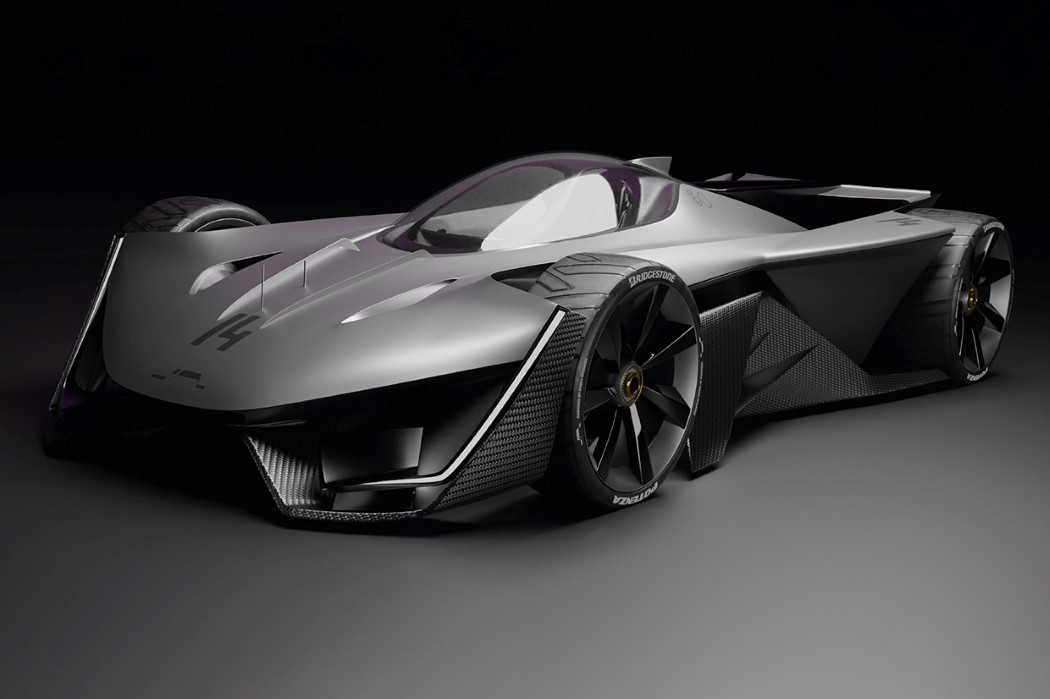
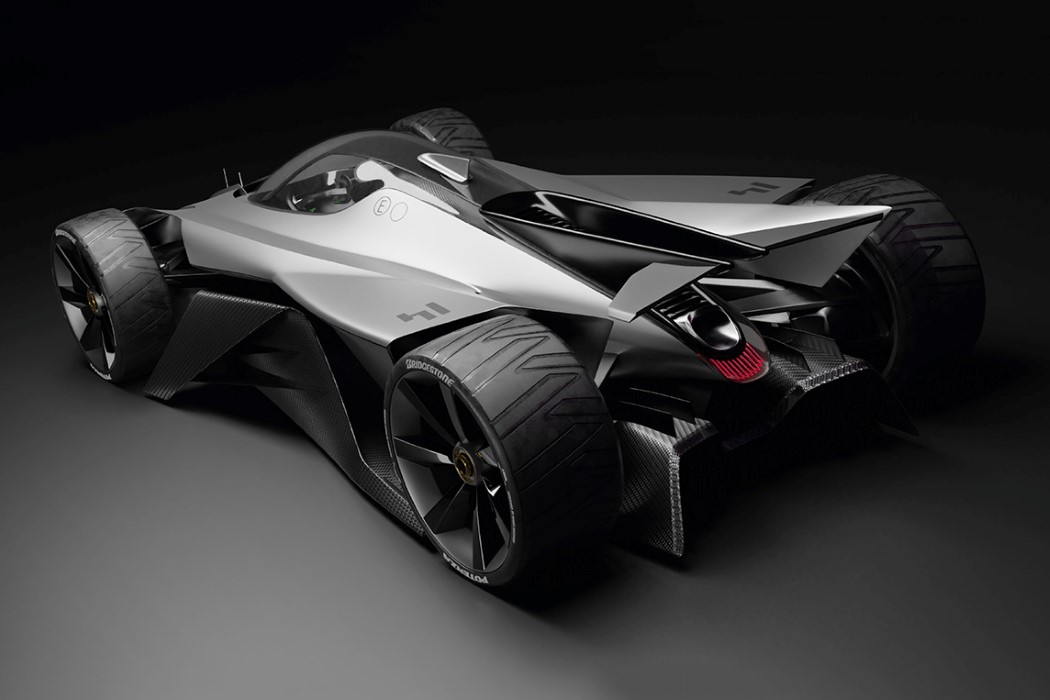
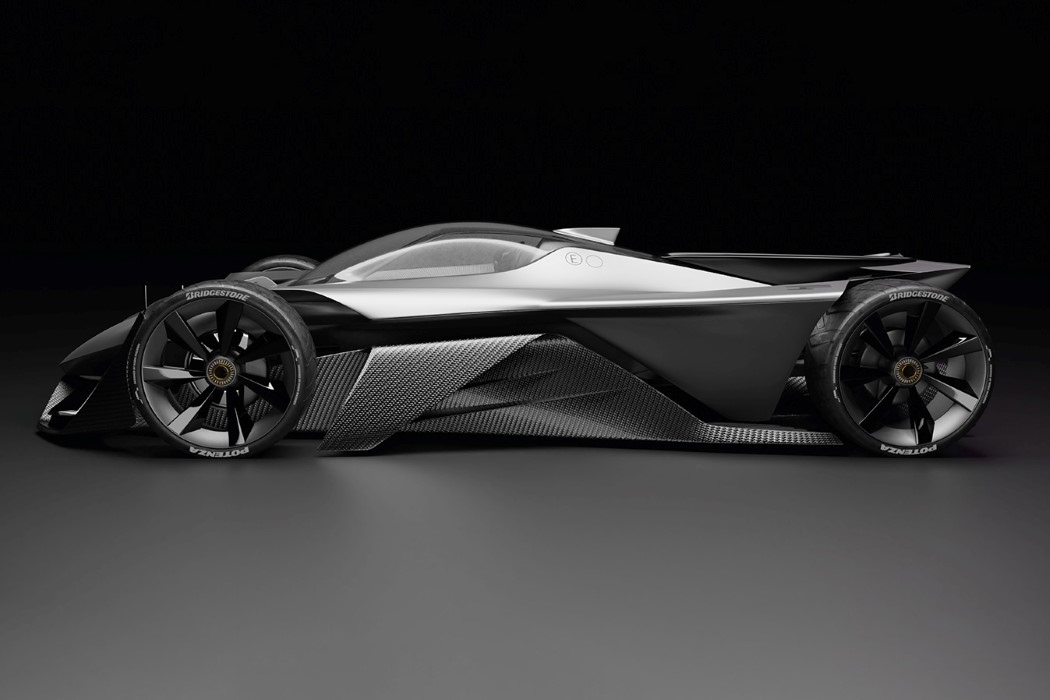
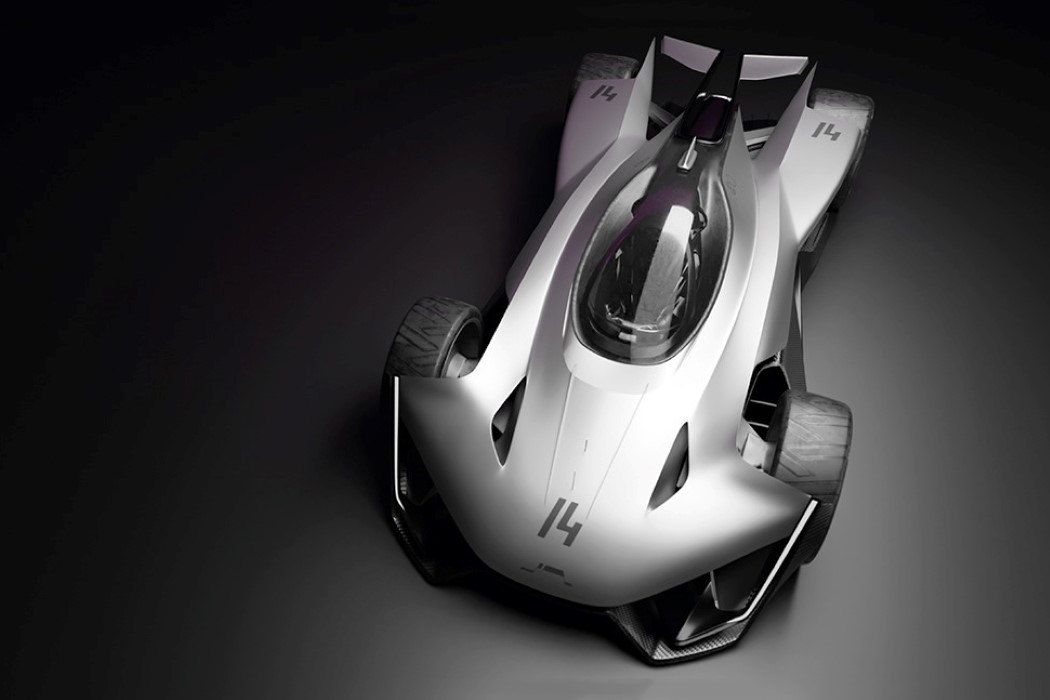
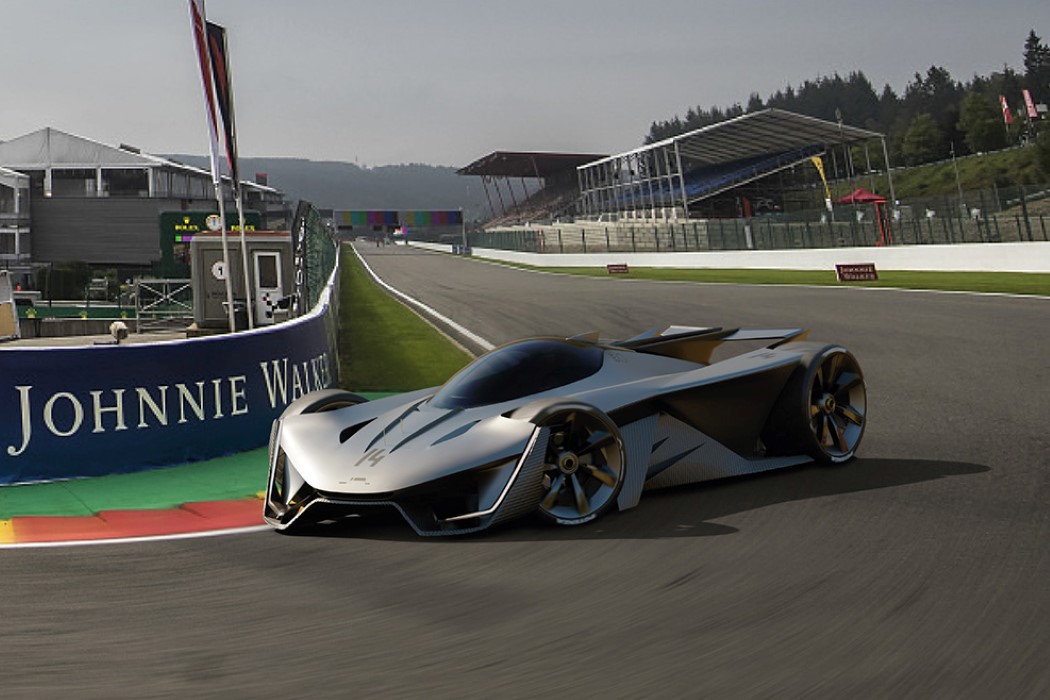
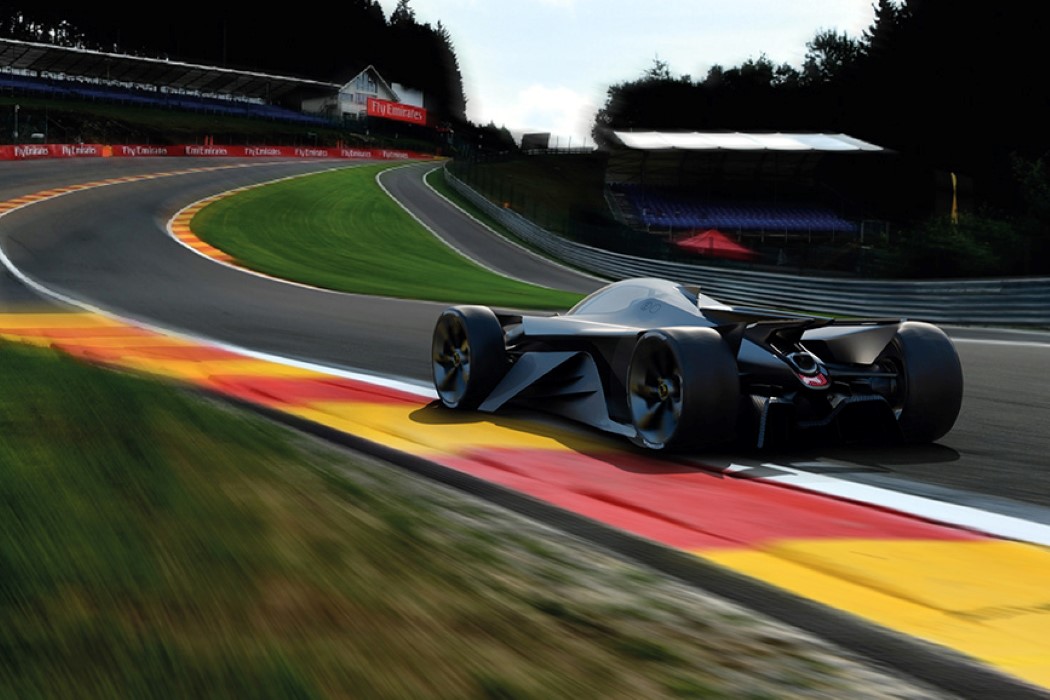
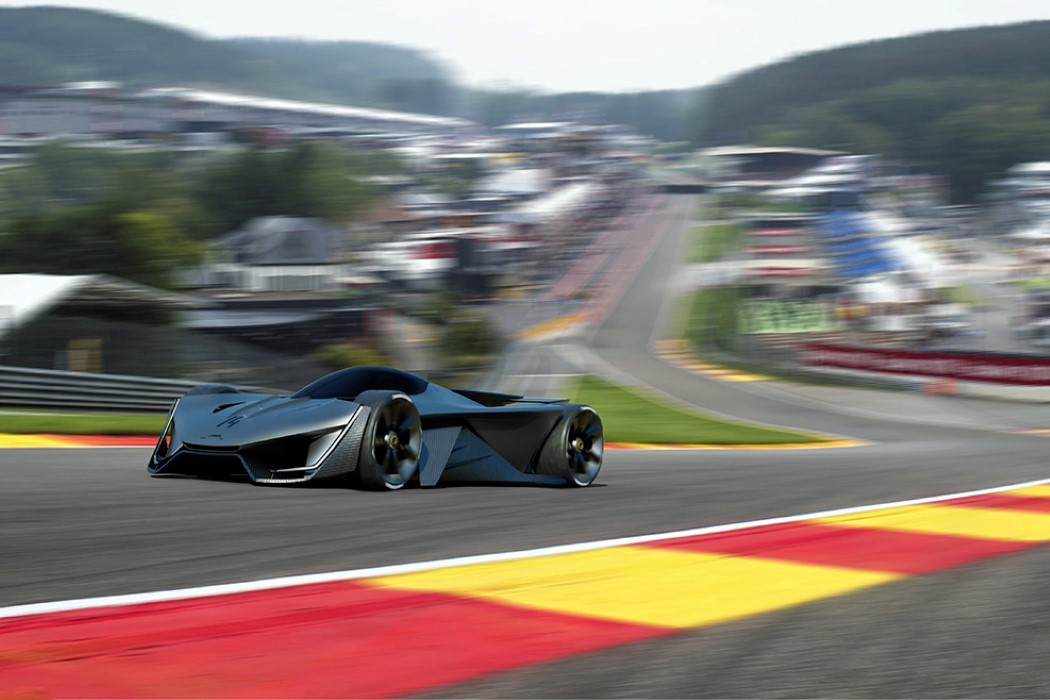
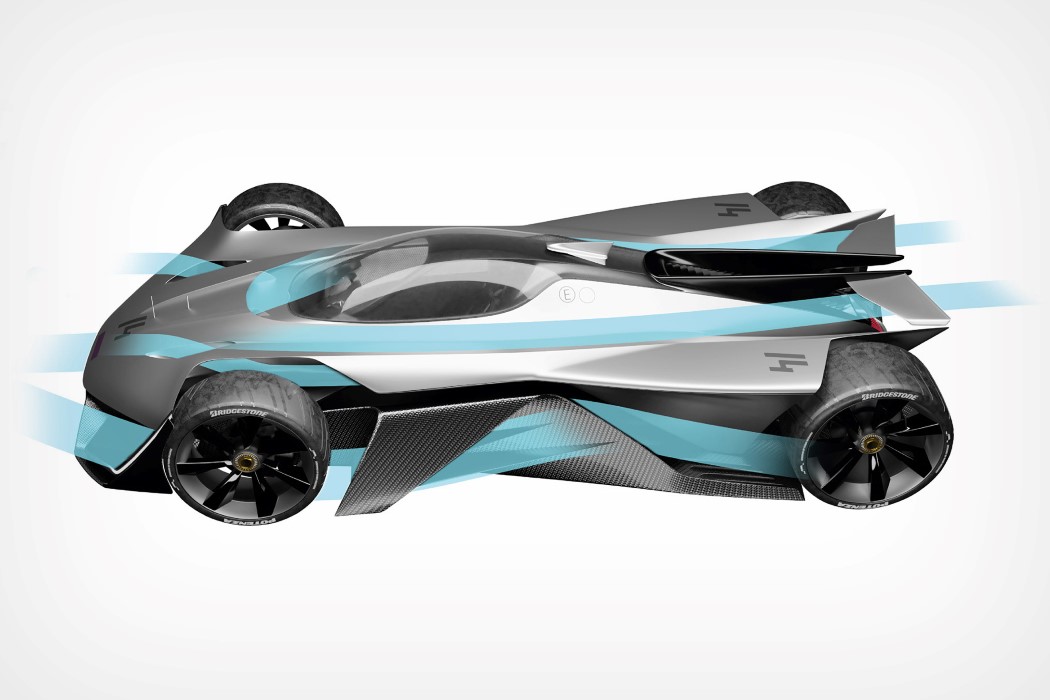
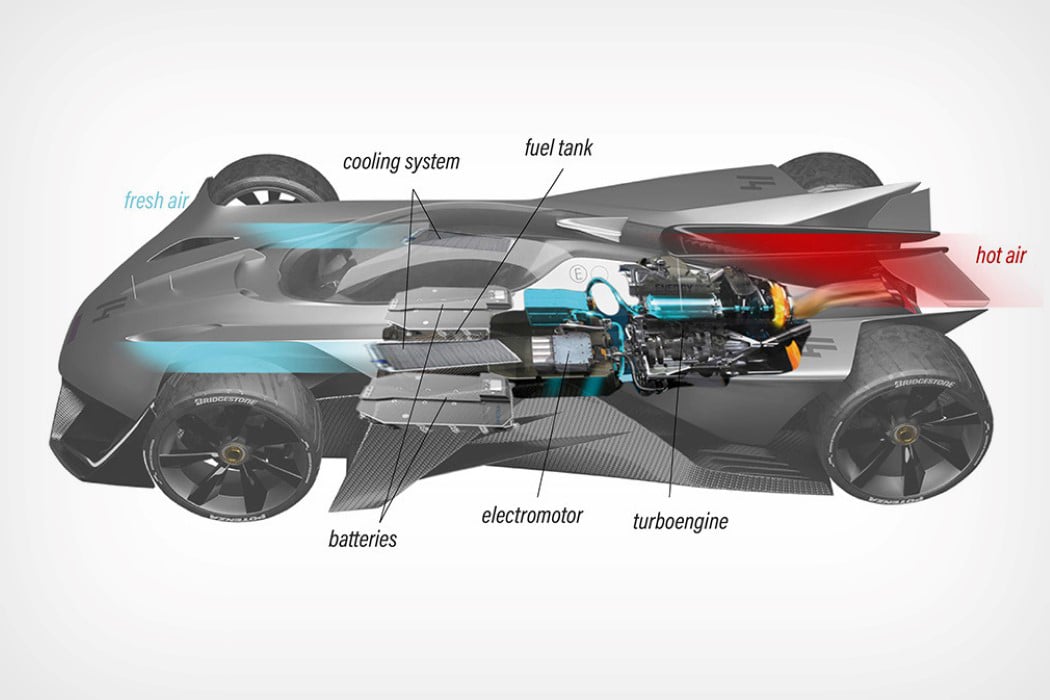
Bugatti’s most realistic Formula 1 race car was designed by a talented intern

The Bugatti Type 35 revival is a great example of two things – A designer’s ability to push boundaries and create concepts that capture their passions, and those concepts sometimes being powerful enough to actually pave the way forward for something bigger. Little did Andreis van Overbeeke know that his desire to see Bugatti compete in the Formula 1 series would result in him landing an internship at his dream company. The desire to actually see a Bugatti-branded F1 car pushed Andries to create a concept that he published on Reddit. The images ran their course, reaching Bugatti’s execs, who then went on to invite van Overbeeke to their headquarters in Molsheim, France, for an internship… resulting in a much more fleshed out concept car with the Type 35 revival. The image above shows the Type 35 revival in its glorious avatar standing right beside Bugatti’s own Vision GT vehicle – its spiritual predecessor.
The Type 35 Revival pays tribute to Bugatti’s eponymous winning racecar from the 1929 and 1930 Monaco circuit races. Styled with a similarly long nose and short tapered rear, the Revival echoes the iconic design cues of the 90-year old racecar, while carefully sticking to Bugatti’s signature details which include the horseshoe grille and that absolutely sweet blue and black paint-job. “The car has a powerful high revving internal combustion engine (see the exhausts on top) and was designed to be a fan car with a suckdown system (similar to the Chaparral 2J and Brabham BT46)”, says Overbeeke. He also pointed out that as a hat-tip to the company’s consecutive 3-year win at the Monaco circuits, the Type 35 Revival comes with a graphic of the Monaco racetrack on the side along with its laurels.
While the French automotive company isn’t planning on entering the F1 any time soon, the Type 35 Revival’s design isn’t just a concept for your eyes… You can actually take it for a spin in PlayStation’s Gran Turismo!
Designers: Andries van Overbeeke, Achim Anscheidt, Sasha Selipanov, Etienne Salomé & Frank Heyl.












This Formula 1 car-design bridges the gap between race-cars and fighter-jets

What’s the difference between an F1 car and a fighter jet? One of them has weapons.
Essentially, both vehicles are powered by incredibly capable and efficient engines, both focus on pure speed, aerodynamism, and minimal air-drag, resulting in forms that somewhat look similar… barring the presence of wheels on one, and wings on another. Andries van Overbeeke decided to bridge that gap a bit with his F1 car design that sports an almost jet-inspired outer form, with an elongated nose that cuts through the air like hot knife through butter, and a closed cockpit that doesn’t just resemble jet, it also complies with future F1 norms. The car makes use of high-performance metal alloys, with carbon fiber in limited places. Most load-bearing stress-absorbing components are generatively designed, to minimize mass while maximize performance, and by far the most interesting detail is the car’s nose, which comes with a unique hollow drill-shaped air intake that guides air into the car to keep it cool while it drives literally at breakneck speeds!
Designer: Andries van Overbeeke












ESPN2 will air 12 hours of esports coverage on April 5th
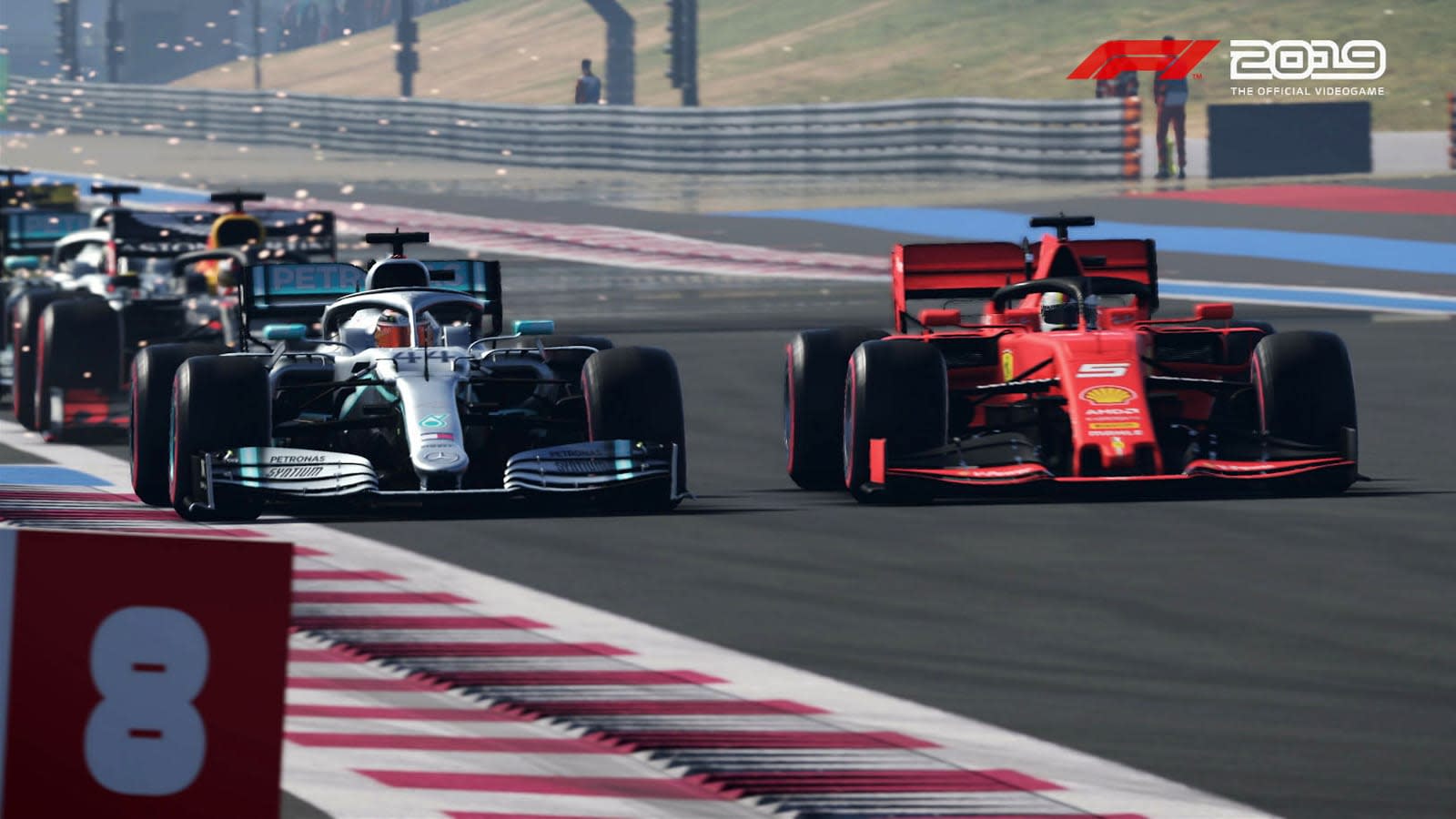 TV networks are already trying to fill the void in sports coverage left by the COVID-19 pandemic, but ESPN is going all-out. The broadcaster's ESPN2 channel is airing a 12-hour ESPN Esports Day on April 5th starting at 12PM Eastern, and there wi...
TV networks are already trying to fill the void in sports coverage left by the COVID-19 pandemic, but ESPN is going all-out. The broadcaster's ESPN2 channel is airing a 12-hour ESPN Esports Day on April 5th starting at 12PM Eastern, and there wi...
F1 drivers will compete in a virtual grand prix series
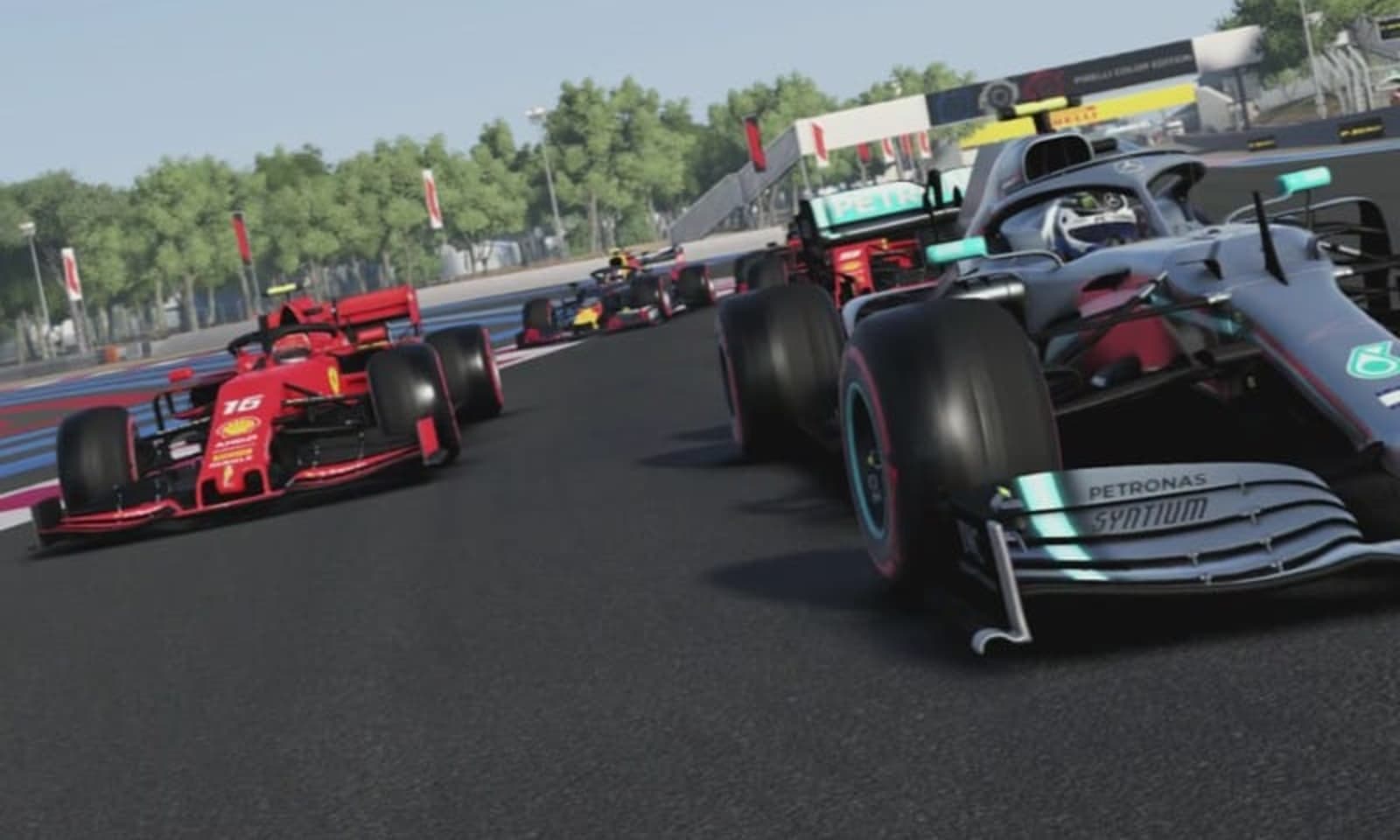 With their season on hold because of coronavirus fears, Formula 1 drivers will surely be desperate for a competitive outlet to keep them (and their fans) occupied. So, just like soccer players and NASCAR drivers, they're diving into a virtual version...
With their season on hold because of coronavirus fears, Formula 1 drivers will surely be desperate for a competitive outlet to keep them (and their fans) occupied. So, just like soccer players and NASCAR drivers, they're diving into a virtual version...
Aston Martin won’t release EVs until it’s financially stable
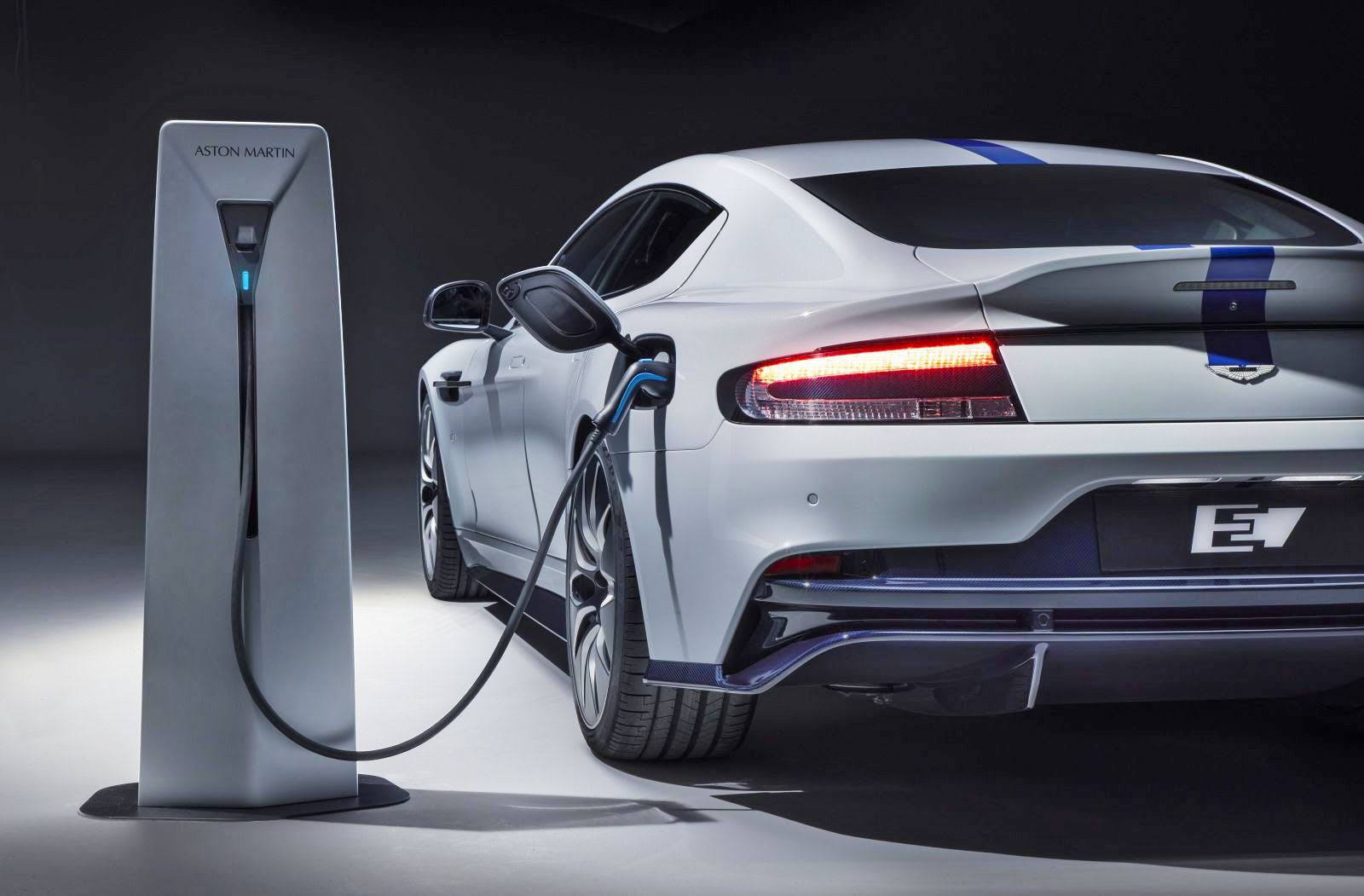 Aston Martin has officially delayed the launch of all of its electric vehicles while it attempts to get back on solid financial footing. On Friday, the automaker said it plans to take up to £500 million (approximately $659 million) in emergency...
Aston Martin has officially delayed the launch of all of its electric vehicles while it attempts to get back on solid financial footing. On Friday, the automaker said it plans to take up to £500 million (approximately $659 million) in emergency...
Ross Lovegrove and Formula 1 collaborate over a series of incredibly intricate fragrances

In signature Lovegrove fashion, with the use of generative modeling and organic skeletal structures, these perfume bottles are 3D printed directly in metal. Created as a collaboration between Formula 1, Designer Parfums, and Ross Lovegrove Studio, the bottles are F1’s debut in the fragrance market, and help capture an olfactory experience that most die-hard F1 fans will relate to… the smells of burnt rubber, brake oil, and wet asphalt. The perfumes don’t literally smell of burning rubber, but evoke a similar representation. Playing with ingredients like black pepper, musks, bergamot, leather, among others, the fragrances, available in a series of 5 bottles, capture the adrenaline rush that is Formula 1.
The bottles come with an intricate bio-aesthetic with an outer framework protecting an inner fragrance-chamber and are 3D printed in metal, designed by Lovegrove. Capturing the bare-basics approach to building a car’s chassis, the bottles are uniquely skeletal and provide an intense tactile and visual experience that’s as complex as the perfumes inside it. Capturing an experience that’s equal parts racy, raw, and luxurious, the bottles even come with a fragrance for women, given that 44% of Formula 1’s audience comprises females. When the perfumes finish, the inner flasks may be replaced with new ones. The idea is to preserve the bottle’s outer form as you would a trophy, giving it the reverence it most certainly deserves.
The bottles, as luxurious as they look, come with a price tag to match. Limited to 20 pieces per fragrance, each bottle will sell for $10,000 starting with the collection’s launch at the Formula 1 Etihad Airways Abu Dhabi Grand Prix 2019. The fragrances, however, will be reissued in a less expensive bottle (again designed by Lovegrove) starting April next year for the general public.
Designer: Ross Lovegrove for Designer Parfums and Formula 1







Formula 1 targets carbon neutral racing by 2030
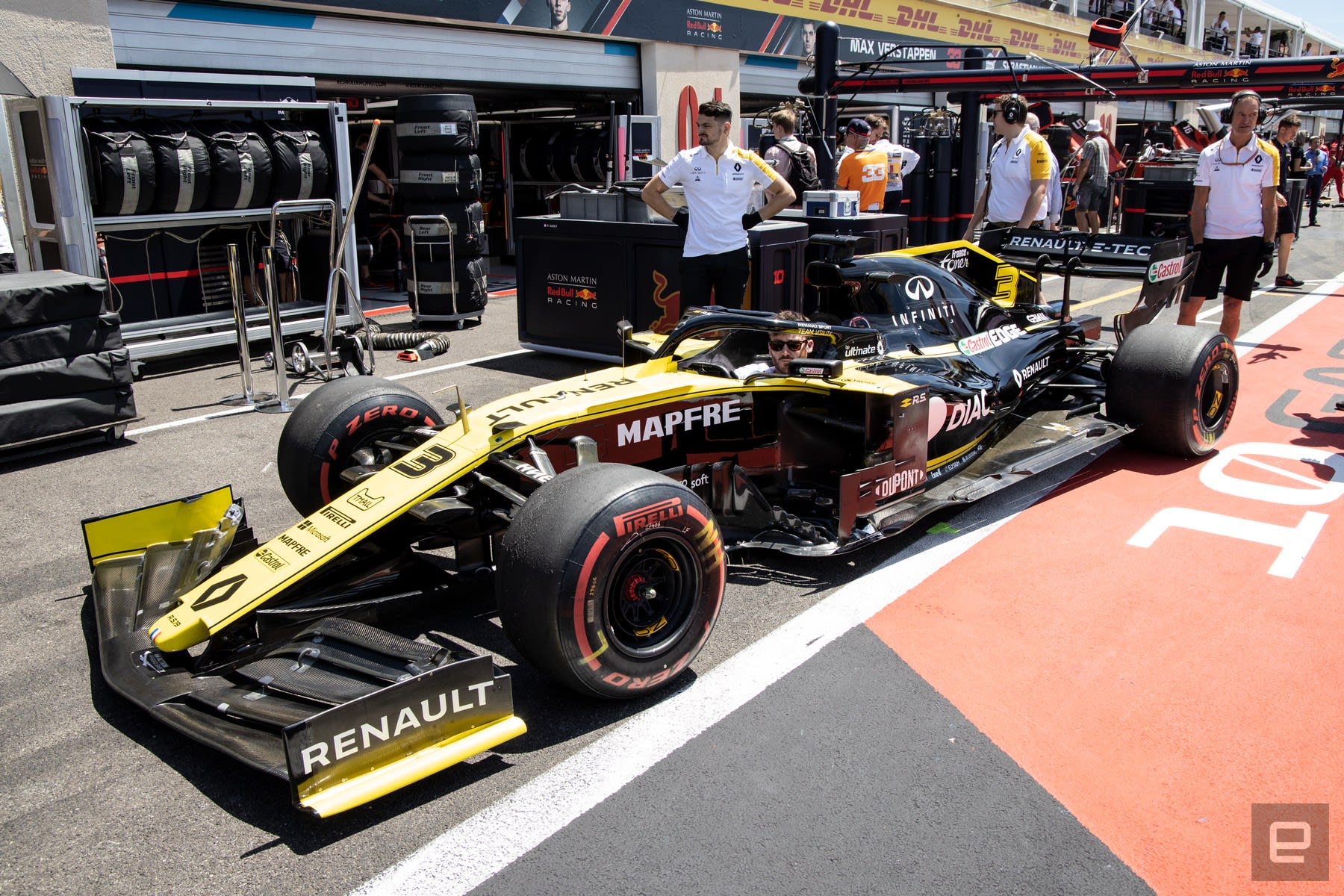 Formula 1 is known for noise, horsepower and burning fuel, but the racing league wants to add a new, unexpected description: eco-friendly. Formula 1 plans to have a "net-zero carbon footprint by 2030," including the cars, on-track activities and oper...
Formula 1 is known for noise, horsepower and burning fuel, but the racing league wants to add a new, unexpected description: eco-friendly. Formula 1 plans to have a "net-zero carbon footprint by 2030," including the cars, on-track activities and oper...
A conceptual race-chariot for gladiators of the future
Worried that closed-cockpits were taking away the enthusiasm of watching a driver control a wild beast of an automobile down a racetrack, Dong Yi designed the Concept Chariot, a vehicle that brought back the joyous fervor the Romans felt as they watched their gladiators on the race-track, behind chariots led by wild stallions, fighting vigorously for survival.
While being a gladiator in 2nd Century B.C. essentially meant having a death-wish, Dong decided to take the aspect of performer-to-crowd engagement by redesigning the vehicle to be more open, more visceral, more chariot-like. Designed in cooperation with the Hockenheim ring, Dong’s Concept Chariot aims at rekindling the joy of watching humans as they control their chariots that race speedily down a track.
The car’s top-profile showcases a split in the volume towards the front. Drawing inspiration from chariots that usually had a pair of horses on the front, Dong split the vehicle’s anterior, making it look like the Concept Chariot was being pulled by two masses at its forefront. The volumes unite at the back, much like a horse-pulled chariot would, and the driver is required to mount on the vehicle much like a snowmobile, making their seating posture much more dynamic, like a jockey.
Ultimately, the Concept Chariot is a vehicle with a completely exposed cockpit, borrowing from the setup found in motorbike racing, and bringing it to car-racing. Concerned that video-games were becoming very immersive while the real sport of racing wasn’t rising up to the challenge, the Concept Chariot also has video-game-like stylings, and with a driver that’s clearly visible to the audience, rather than being shut from view, the chariot design is sure to keep the audience’s interests piqued!
Designer: Dong Yi
